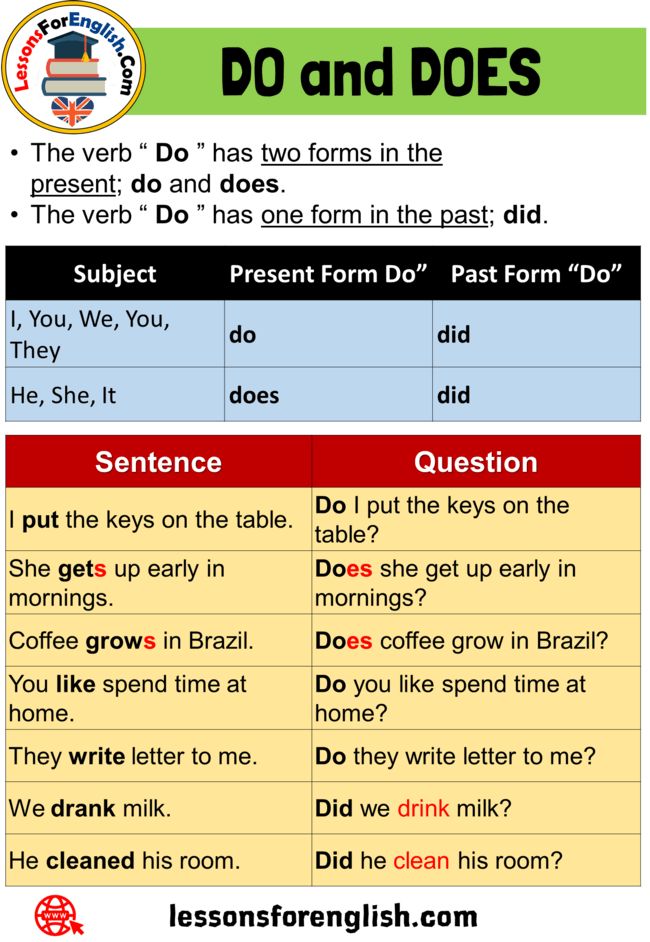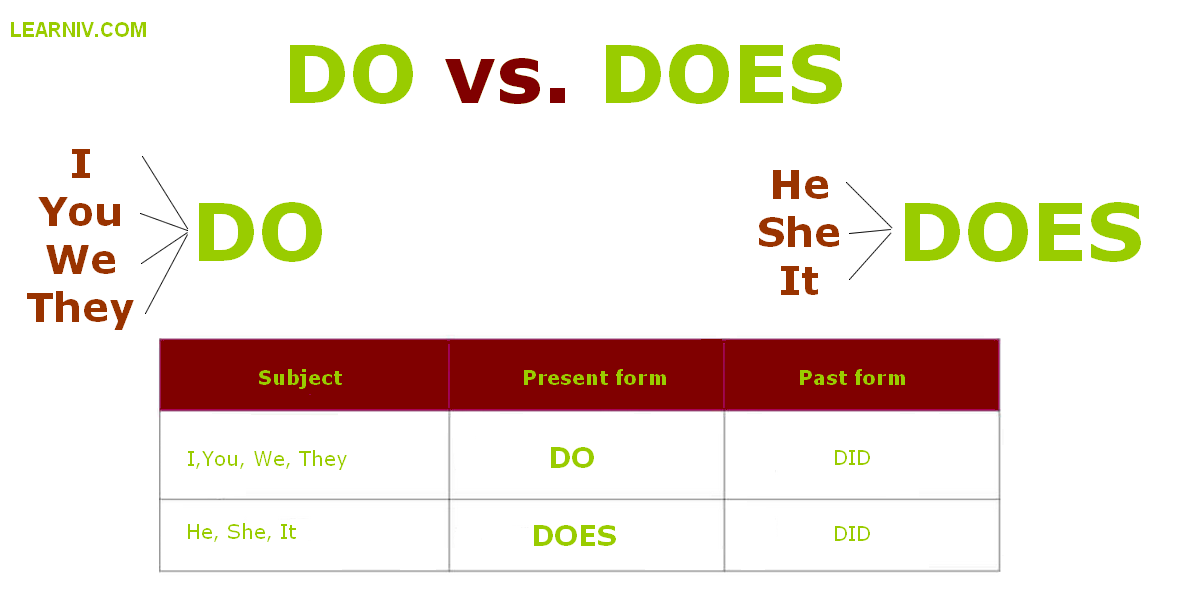Understanding What Is Not Covered by the Occupational Safety & Health Act
Introduction
The Occupational Safety & Health Act (OSH Act) was enacted to ensure safe and healthful working conditions for employees across the United States. While the Act provides broad protections, it is crucial to understand that not all workers and workplaces fall under its jurisdiction. This article explores what is not covered by the OSH Act, offers real-world examples, and provides guidance for those seeking safety resources outside the scope of OSHA.
Overview of the OSH Act’s Coverage
The OSH Act primarily covers private sector employers and their employees in all 50 states, the District of Columbia, Puerto Rico, and other U.S. territories. It assigns OSHA the responsibility of setting standards, conducting inspections, and enforcing regulations to ensure workplace safety. States can also develop their own safety and health programs, known as “state plans,” which must be as effective as federal standards [1] .
Who Is
Not
Covered by the OSH Act?
Despite its broad reach, there are several notable exclusions from OSH Act coverage. Understanding these exceptions is essential for both employers and employees seeking safety protections.
1. Self-Employed Individuals
Self-employed persons are not covered by the OSH Act. This means independent contractors, gig workers, freelancers, and others who do not have an employer are excluded from OSHA’s requirements [1] . For example, a freelance graphic designer working from a home office does not fall under OSHA jurisdiction. If you are self-employed and seek workplace safety resources, consider visiting your local health department or professional associations for guidance and best practices.
2. Immediate Family Members of Farm Employers
On family-owned farms, immediate family members of the farm employer are not covered by the OSH Act. This provision affects small agricultural operations where only family members perform work. For instance, if a farmer runs operations solely with their spouse and children, OSHA standards do not apply to those family members [1] .
Those seeking additional safety resources for agricultural work can contact the U.S. Department of Agriculture or state agricultural safety programs. You may also search for “farm safety programs” offered by state extension offices.
3. State and Local Government Employees (in Non-State Plan States)
The OSH Act does not cover state and local government employees unless the state operates an OSHA-approved State Plan. In states without such plans, public sector workers-such as teachers, police officers, and municipal employees-are excluded from coverage [1] . For example, in Texas (which does not have a state OSHA plan), city workers are not protected under federal OSHA.
To find out if your state covers public sector workers under a State Plan, visit OSHA’s official State Plans directory or contact your state’s department of labor. If you are a public sector worker in a non-state plan state, inquire with your local government about workplace safety policies and protections.
4. Workplace Safety in Federal Jurisdictions
Federal OSHA jurisdiction does not extend to some workplaces operated by state or local governments. However, OSHA does have authority over federal employees and certain private sector activities within federal properties, such as military installations or national parks [2] .
Examples include federal employees at a military base or workers within national parks. For clarification about federal jurisdiction, you may contact OSHA directly or consult the U.S. Office of Personnel Management.
5. Other Specific Exclusions
There are additional scenarios where OSHA does not have jurisdiction or where coverage is limited:

Source: slideserve.com
- Workplaces located within U.S. territories where other agencies have authority
- Maritime employment (specific jurisdictional rules apply between federal and state OSHA programs)
- Native American reservations (federal OSHA may have limited jurisdiction)
To determine coverage in these unique environments, contact OSHA offices by state [3] or the relevant tribal or maritime authority.
Practical Steps for Those Not Covered by the OSH Act
If you fall into an excluded category, there are several alternative pathways for accessing workplace health and safety resources:
- Consult State and Local Programs: Many states maintain their own workplace safety laws and enforcement agencies. You can search for “[Your State] Department of Labor” or “[Your State] Occupational Safety” for resources and complaint procedures.
- Industry Associations: Trade groups and professional associations often provide safety standards, training, and best practices tailored to specific industries.
- Federal Agencies: Some federal agencies, such as the U.S. Department of Agriculture or the Department of Transportation, regulate workplace safety for specific sectors.
- Insurance Providers: Workers’ compensation insurers may offer safety training and risk management resources.
For example, a self-employed construction worker may contact the National Safety Council or the Associated Builders and Contractors for guidance on safe practices, while a local government employee in a non-state plan state should reach out to the city’s human resources department for internal safety policies.
Key Takeaways and Alternatives
Understanding the limits of the OSH Act is vital for employers and workers alike. If you are not covered by federal OSHA:
- Identify alternative safety resources through state agencies, professional organizations, and federal sector-specific programs.
- Consult OSHA-approved State Plans to determine if your state offers additional protections for public sector workers [3] .
- Seek out training, education, and legal guidance from industry groups and insurers.
For further details, you can contact your local OSHA office or state labor department. If no direct contact information is available, search for “OSHA office near me” or “state workplace safety agency” to locate resources.
How to Access Workplace Safety Services and Make Complaints
If you need to report a workplace hazard or seek guidance, follow these steps:

Source: lawexplores.com
- Determine your coverage status by contacting your state’s department of labor or visiting OSHA’s official State Plans directory.
- If excluded from coverage, identify state or local agencies responsible for workplace safety.
- Document the hazard or issue and gather evidence (photos, witness statements, medical reports).
- File a complaint using official forms or hotlines provided by your state agency or industry association.
- If further assistance is needed, consult federal sector-specific agencies or legal professionals specializing in workplace safety law.
For example, in Washington State, all employers are covered under the Washington Industrial Safety and Health Act (WISHA). You may contact the Washington Department of Labor & Industries for support [4] .
Summary
The Occupational Safety & Health Act is a cornerstone of workplace safety, but important exceptions exist. Self-employed individuals, family members on family farms, and some state and local government employees remain outside its jurisdiction. It is possible to access safety resources through state agencies, industry associations, and federal sector-specific programs, even if you are not covered by OSHA. Always verify coverage status and explore alternative resources to maintain a safe and healthy working environment.
References
MORE FROM todayhiring.us













